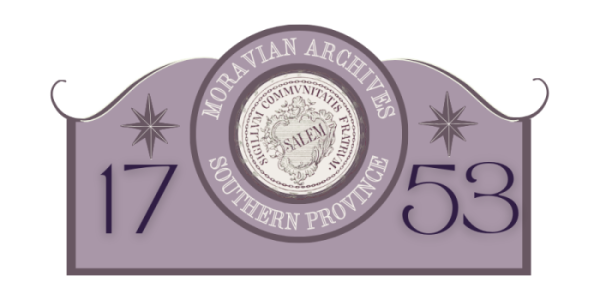New Hope, Newton, Moravian Church
“On December 12, 1973,” the Board of Homeland Missions reported to the Provincial Synod of 1974, “eight people met with Lewis Swaim at the home of Wayne and Emily Garrett in Hickory, N.C., and made a unanimous commitment to organize a Fellowship. A second meeting was held January 6, [1974], with 14 people present.
“This is the first Fellowship where the initiative was taken by local people. . . .”
Such enthusiasm, though, took another nine years to bear fruit.
Formally organized as a fellowship on January 15, 1974, the Hickory group held its first Christmas lovefeast on December 1, 1974, and its second on December 14, 1975.
Then in early 1976 the members of the fellowship “reached the mutual decision to discontinue.”
“This is not considered a failure,” the Board of Homeland Missions told the Southern Province. “A built-in feature of the Fellowship Program provides for this action,” and a fellowship “can be renewed at any time in the future when the need arises again.”
Interest was indeed renewed in 1978 — more than 400 attended the Christmas lovefeast — and by 1980 Hickory was once more listed as a fellowship. Provisional church status was reach on June 2, 1981, and Scott Venable was installed as organizing pastor in January 1982. By then the Board of Homeland Missions could declare that Hickory was “one of the fastest developing groups that we have had,” and shortly the name New Hope Moravian Church was adopted. Formal organization as a church of the Southern Province came on February 13, 1983.
While New Hope worshiped in an old Lutheran church a site was purchased on Sandy Ford Road outside nearby Newton. It was not until July 30, 1989, though, before ground was broken for a church building. Dedication of New Hope’s handsome facility followed on June 3, 1990.
It’s a lovely spot, New Hope’s home, which like Willow Hill in Virginia calls forth the poet: From New Hope’s church yard can be seen the distant Appalachians, that ancient mountain chain which “stands still and sure, shrouded in the spell of its lavender-blue mist.”
